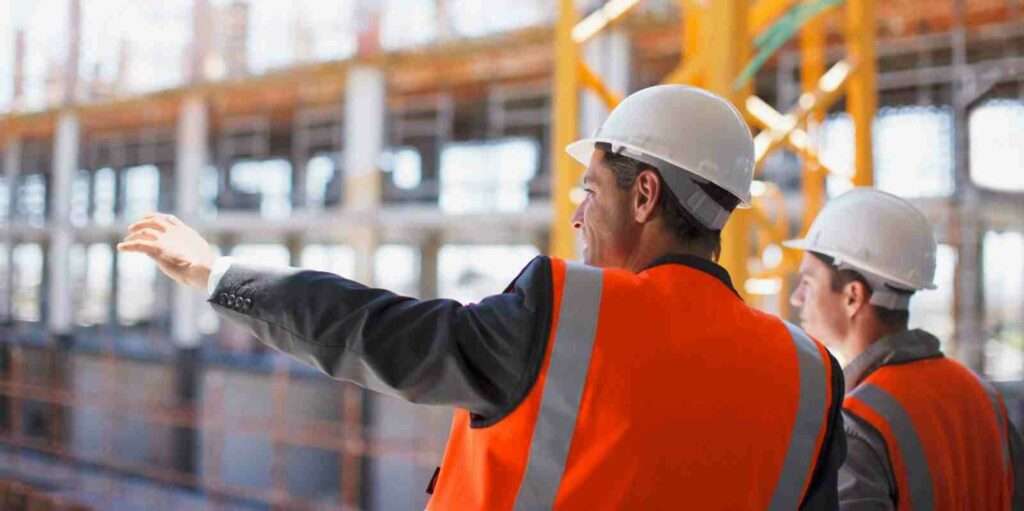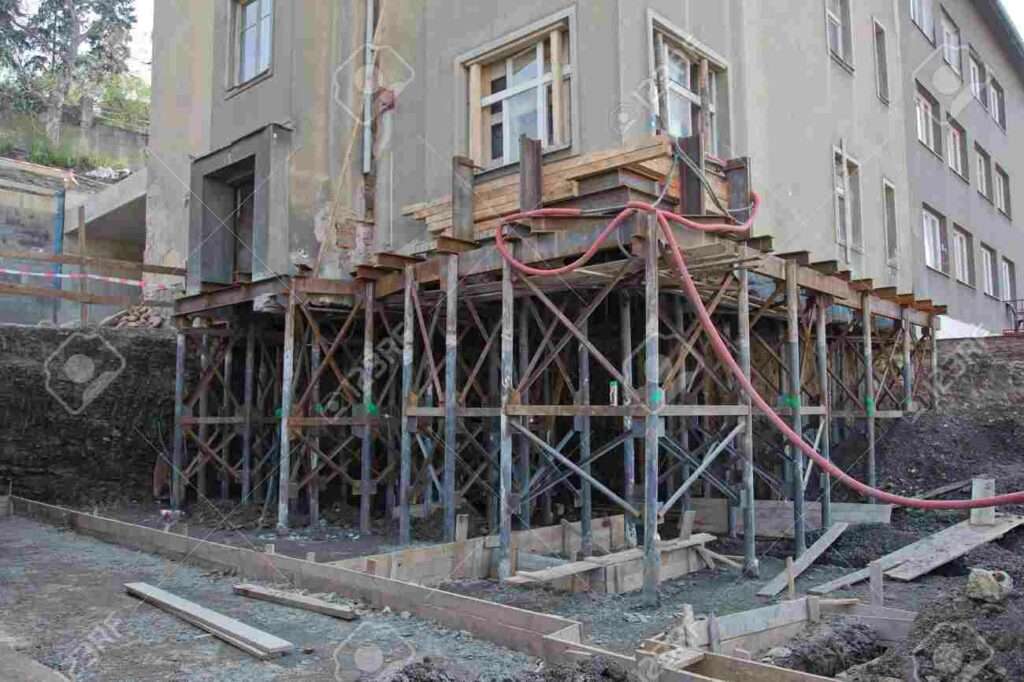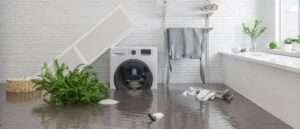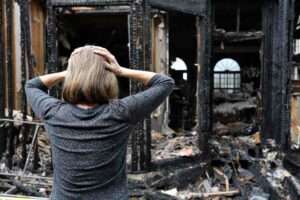Blogs
What should I do to protect my belongings during reconstruction?

Protecting your belongings during a reconstruction project is essential to prevent damage and maintain order amidst the chaos. The process involves several proactive steps, from proper packing and storage to securing fragile items and important documents. Moving valuable and delicate possessions to a safe location, either within your home or in a rented storage unit, is advisable. Additionally, using protective coverings like plastic sheets or tarps can shield furniture and electronics from dust and debris. Implementing these precautions, Intensa Dry ensures your belongings remain intact and minimizes the stress associated with home reconstruction. Proper planning and organization are key to safeguarding your valuables during this disruptive period.
Creating a Detailed Inventory
Before embarking on any reconstruction project, one of the most important steps to take is creating a detailed inventory of your belongings. This involves cataloging all items within the areas that will be affected by the reconstruction. The goal is to have a comprehensive record of your possessions, which can be invaluable for insurance purposes, tracking any potential damages, and ensuring that everything is accounted for throughout the reconstruction process.
To create a detailed inventory, start by going room by room. Take photographs or videos of each space, capturing the layout and the items within it. Make sure to focus on valuable or easily damaged items such as electronics, furniture, artwork, and antiques. For each item, note down its description, condition, and any other relevant details. This information will not only help you keep track of your belongings but also assist in determining if any items are missing or damaged during or after the reconstruction.
Removing Valuables
During reconstruction, it’s crucial to remove any valuable or irreplaceable items from the areas undergoing work. This includes items such as jewelry, important documents (like passports and insurance policies), family heirlooms, and expensive electronics. These items are not only at risk of damage from construction activities but also vulnerable to theft or misplacement during the chaos of reconstruction.
To ensure the safety of your valuables, consider storing them in a secure location outside of the construction zone. This could be a safe deposit box at a bank, a secure cabinet in another part of your home, or even with a trusted friend or family member. Keeping these items out of harm’s way will give you peace of mind and protect them from potential damage or loss.
Covering and Protecting Remaining Items
For items that cannot be removed from the reconstruction area, it’s essential to cover and protect them adequately. Dust, debris, and accidental spills are common occurrences during construction, and without proper protection, your belongings could be at risk of damage.
Use plastic sheeting, drop cloths, or moving blankets to cover furniture, electronics, and other large items. Seal any openings or gaps in the coverings with tape to prevent dust from seeping through. For smaller items, consider placing them in sealed storage containers or wrapping them in protective materials to shield them from potential harm.
Sealing Off Construction Areas
To minimize the impact of construction activities on the rest of your home, consider sealing off the construction areas. Use plastic sheeting or temporary walls to create a barrier between the work zone and the rest of your living space. This helps contain dust, noise, and debris within the designated area, reducing the spread to other parts of your home.
Ensure that the barriers are securely taped and sealed to prevent dust and debris from escaping. Communicate with your contractors about the importance of maintaining these barriers throughout the reconstruction process to minimize disruptions and protect your belongings.
Using Storage Solutions
If the reconstruction project involves significant work that requires clearing out entire rooms or sections of your home, consider using storage solutions to temporarily house your belongings. Renting a storage unit provides a secure and climate-controlled environment for your items, keeping them safe from potential damage during construction.
Alternatively, portable storage containers can be delivered to your property, allowing you to store items on-site while keeping them protected from dust and debris. These containers are convenient and can be accessed easily, making it simple to retrieve items as needed during the reconstruction process.
Maintaining Clean Pathways
During reconstruction, it’s essential to maintain clean pathways to and from the construction areas. This not only helps prevent accidents but also minimizes the spread of dust and debris throughout your home. Start by covering floors with protective materials such as adhesive films, cardboard, or drop cloths to prevent dirt from being tracked through your living spaces.
Regularly sweep or vacuum these pathways to keep them clean and free of obstructions. This ensures that contractors and workers can move freely without risking damage to your belongings or creating unnecessary messes. By maintaining clean pathways, you contribute to a safer and more organized environment during the reconstruction process.
Communicate with Contractors

Effective communication with your contractors is key to ensuring that your belongings are adequately protected during reconstruction. Before the project begins, discuss your concerns and expectations regarding the handling of your belongings. Provide clear instructions on which areas need extra protection and how you want your items to be handled during the construction process.
It’s essential to establish a good working relationship with your contractors and keep the lines of communication open throughout the project. Regularly check in with them to address any concerns or issues that may arise regarding the protection of your belongings. By fostering clear communication, you can minimize misunderstandings and ensure that your possessions are treated with care and respect.
Regularly Inspect the Work Area
During reconstruction, it’s crucial to regularly inspect the work area to ensure that your belongings are being adequately protected. Periodically check for any signs of damage, dust accumulation, or improper handling of items. Address any issues immediately to prevent further damage and ensure that protective measures are maintained throughout the project.
By staying vigilant and actively monitoring the work area, you can identify potential risks or issues early on and take corrective action as needed. This proactive approach helps safeguard your belongings and maintains a clean and organized environment during the reconstruction process.
Use Air Purifiers and Ventilation
Reconstruction projects can generate a significant amount of dust, fumes, and airborne particles that can be harmful to your health and belongings. To mitigate these risks, consider using air purifiers and proper ventilation systems during the reconstruction process.
Invest in high-quality air purifiers that can effectively filter out dust, allergens, and pollutants from the air. Place these purifiers strategically in areas where construction activities are taking place to maintain cleaner indoor air quality. Additionally, ensure proper ventilation by opening windows, using exhaust fans, and maintaining airflow throughout your home.
By improving indoor air quality and ventilation, you can reduce the impact of construction-related contaminants on your belongings and create a healthier living environment for you and your family.
Keep Children and Pets Safe
During reconstruction, it’s important to keep children and pets safe by restricting their access to the construction areas. Construction zones can be hazardous, with potential risks such as sharp tools, falling debris, and exposed wiring.
Create barriers or use temporary fencing to block off access to these areas and prevent children and pets from entering. Communicate with your family members and caregivers about the importance of staying away from construction zones for their safety.
Additionally, consider arranging alternative accommodations for your pets during the reconstruction process, such as boarding them or keeping them in a safe and quiet area away from the construction activities. By prioritizing safety measures, you can protect your loved ones from potential harm during reconstruction.

Prepare for Emergency Situations
Despite taking all necessary precautions, emergencies can still occur during reconstruction. It’s essential to be prepared for such situations and have a plan in place to protect your belongings and ensure everyone’s safety.
Create an emergency plan that includes protocols for evacuating the premises, securing valuable items, and contacting emergency reconstruction services if needed. Keep important documents, such as insurance policies and contact information, readily accessible in case of emergencies.
Additionally, consider investing in smoke detectors, fire extinguishers, and other safety equipment to mitigate potential risks. Conduct regular safety drills with your family members to practice emergency procedures and ensure everyone knows what to do in case of an emergency.
By being prepared and proactive, you can minimize the impact of emergencies on your belongings and prioritize safety during reconstruction.
Document Changes and Damages
Throughout the reconstruction process, document any changes or damages that occur to your belongings. Keep a record of any items that are moved, relocated, or affected by construction activities. Take photographs, videos, or written notes detailing the condition of your belongings before, during, and after the reconstruction project.
This documentation is crucial for insurance claims, warranty purposes, and resolving any disputes regarding damages or losses. By maintaining accurate records, you can demonstrate the extent of any damages and ensure that you receive proper compensation or repairs for any affected belongings.
Conclusion
In conclusion, safeguarding your belongings during reconstruction requires careful planning and proactive measures. By packing and storing items securely, using protective coverings, and moving valuables to safe locations, you can minimize the risk of damage and maintain peace of mind throughout the renovation process. Implementing these strategies ensures that your belongings remain protected and in good condition, allowing you to focus on the project at hand without worrying about potential losses. Remember, preparation is key to successfully navigating home reconstruction while keeping your possessions safe and secure.

